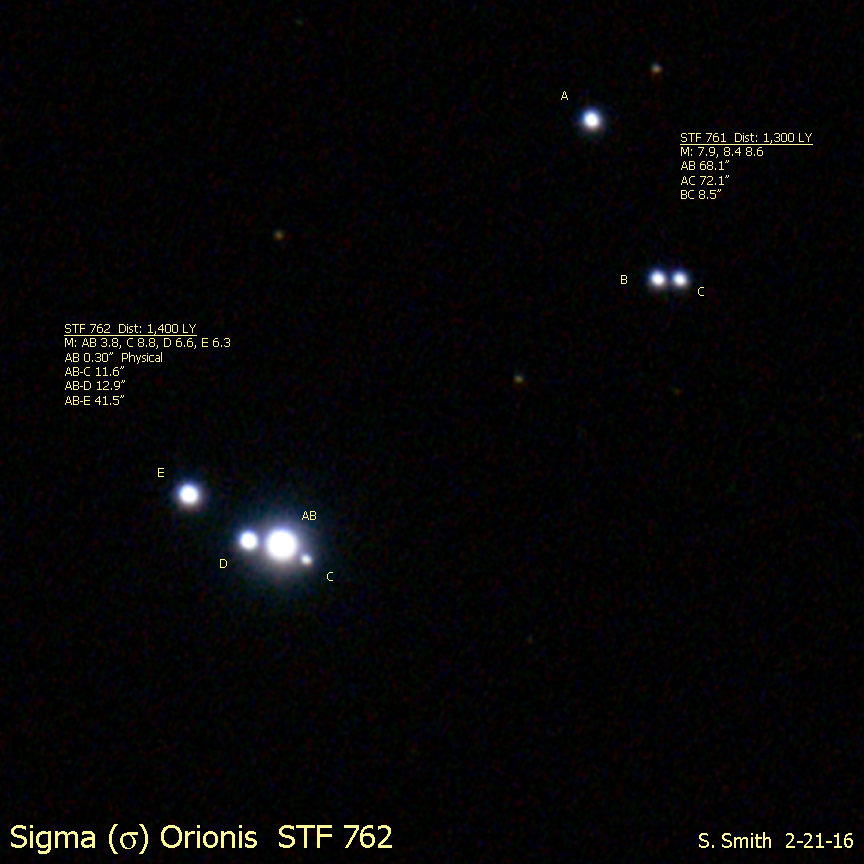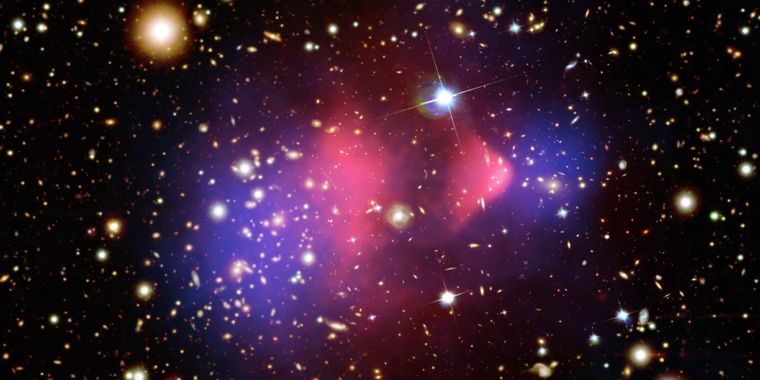Re: APOD: Starburst Galaxy Messier 94 (2015 Oct 23)
Posted: Sat Oct 24, 2015 8:22 am
neufer wrote:https://en.wikipedia.org/wiki/Messier_94#Dark_matter wrote:
<<In 2008 a study was published that appeared to show that M94 had very little or no dark matter present. The study analyzed the rotation curves of the galaxy's stars and the density of hydrogen gas and found that ordinary luminous matter appeared to account for all of the galaxy's mass. This result was unusual and somewhat controversial, as current models don't indicate how a galaxy could form without a dark matter halo or how a galaxy could lose its dark matter. Other explanations for galactic rotation curves, such as MOND, also have difficulty explaining this galaxy.>>
The Bullet Cluster. Image: Chandra Observatory.
Dark matter, the bulk of matter in the universe, is not evenly distributed in the universe but forms a web-like structure. The way I understand it, dark matter typically acts as an attractor for "normal" (baryonic) matter, which tends to concentrate in dark matter wells, where it can form galaxies.
But dark matter can get separated from baryonic matter, as a study with the Chandra X-ray Telescope demonstrated in 2006. In the picture at left, two galaxy clusters are colliding. Dark matter is concentrated in the blue areas, whereas luminous matter, observed by Chandra as X-rays from hot intracluster gas, is shown in red.
But if dark matter can separate from baryonic matter, it is just possible that a chunk of baryonic matter can be "flung away" from its original home in a dark matter well. If it was flung away, it might have become sufficiently concentrated to start forming stars. It is very likely that normal matter forms stars in the same way whether or not dark matter is present, and a concentration of normal matter may give rise to spiral galaxies even if dark matter is not present.
But if there is no dark matter, it may be hard for the galaxy to grow much. It has grown from its original helping of gas and dust, and it may not attract much more of it.
So M94 may have started out as an "orphan" blob of gas, flung away from its dark matter well. It got stopped in its tracks somehow, got concentrated, and started making stars. But it can never "grow up".
It's like finding a Peter Pan or a hobbit galaxy in space.
Ann




